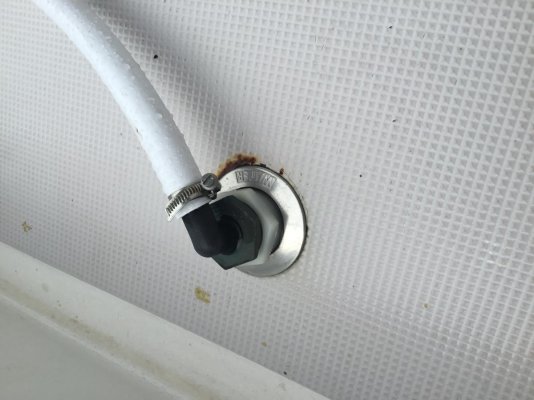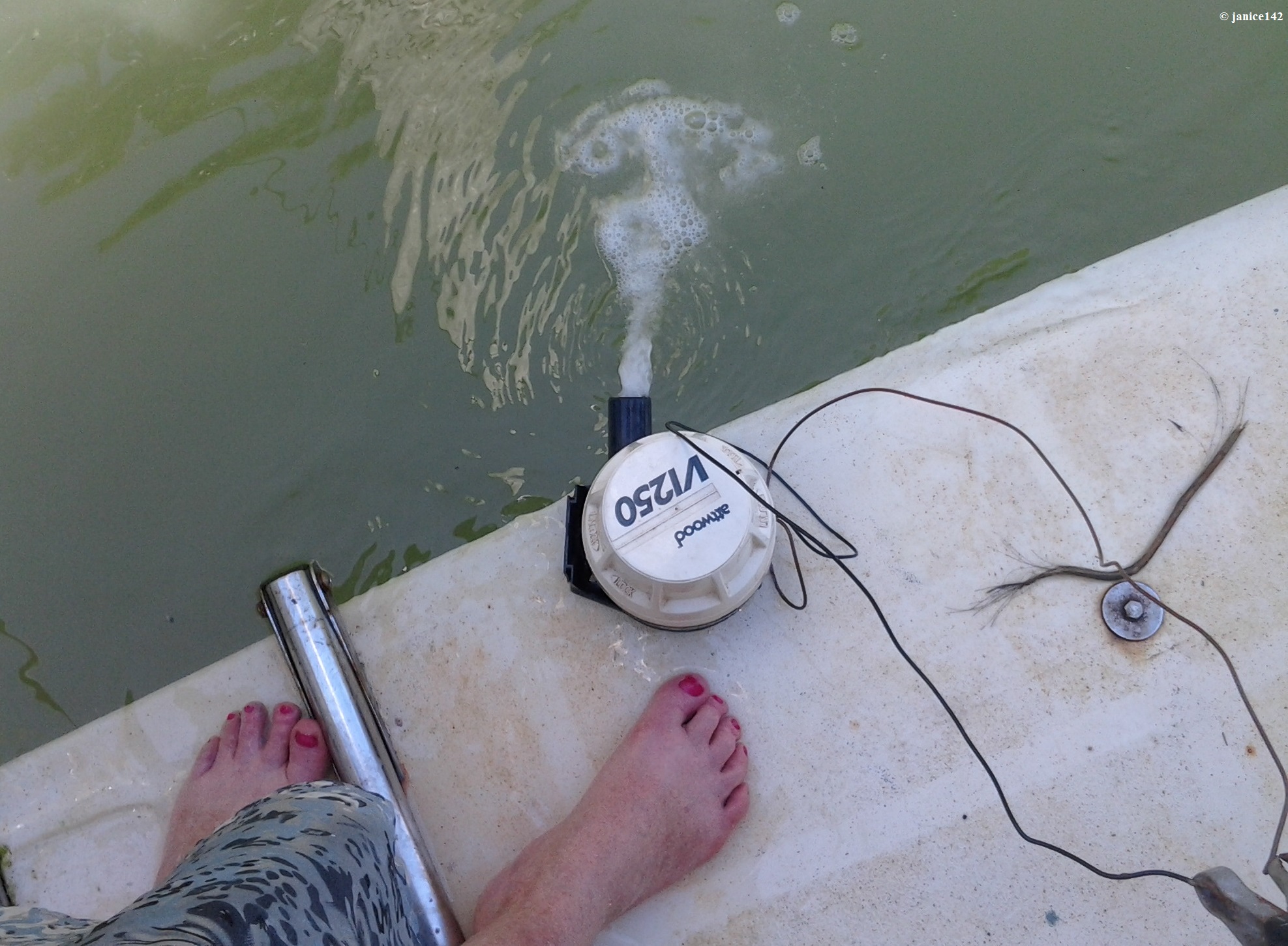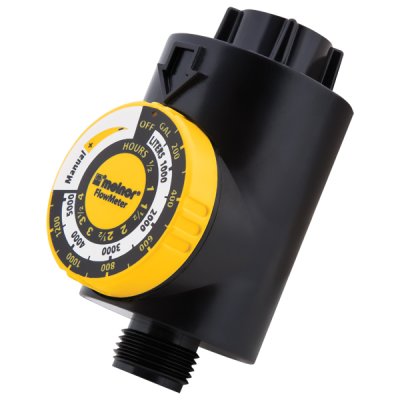Andiamo2018
Senior Member
I keep thinking there should be an easy way to keep our fresh water tanks full. We are on the boat a lot and enjoy the shower, washing dishes, rinsing fruit etc. As we also use the boat frequently I'm not worried about the water in the tanks sitting - it will get used up often.
But while sitting at the dock we would like to keep our tanks full! For lots of reasons (we are in an earthquake zone after all) I would like to figure out how to have those tanks fill automatically.
My best idea so far has been to set up a connection to city water with a T valve (with a restricter) so we can just reach under the galley sink, turn a ball valve lever and let the tanks fill until water comes out the air vents. Then we can turn the handle the other way and have the city water go straight into our boat for use.
I also enjoy leaving for trips at the spur of the moment and it is great to just disconnect and go with little fanfare.
I've also read a LOT about the debates of connecting to city water etc and I'm totally comfortable with it (gallon meter, sediment filter, ball valve outside at the end of the finger where it is easy to remember to turn it off when we leave, and a large enough bilge pump that can keep up with city water).
Ideas?
Not sure if this exists but I can imagine a fresh water fill cap that integrates a hose connection on one side (um, the outside and a float switch on the other side. This would only work if the air vents are higher than the fill hole, or at least higher than the float switch which could possibly be in a flexible hose...our fill hose goes straight down far enough for this to work btw.
and a float switch on the other side. This would only work if the air vents are higher than the fill hole, or at least higher than the float switch which could possibly be in a flexible hose...our fill hose goes straight down far enough for this to work btw.
But while sitting at the dock we would like to keep our tanks full! For lots of reasons (we are in an earthquake zone after all) I would like to figure out how to have those tanks fill automatically.
My best idea so far has been to set up a connection to city water with a T valve (with a restricter) so we can just reach under the galley sink, turn a ball valve lever and let the tanks fill until water comes out the air vents. Then we can turn the handle the other way and have the city water go straight into our boat for use.
I also enjoy leaving for trips at the spur of the moment and it is great to just disconnect and go with little fanfare.
I've also read a LOT about the debates of connecting to city water etc and I'm totally comfortable with it (gallon meter, sediment filter, ball valve outside at the end of the finger where it is easy to remember to turn it off when we leave, and a large enough bilge pump that can keep up with city water).
Ideas?

Not sure if this exists but I can imagine a fresh water fill cap that integrates a hose connection on one side (um, the outside




